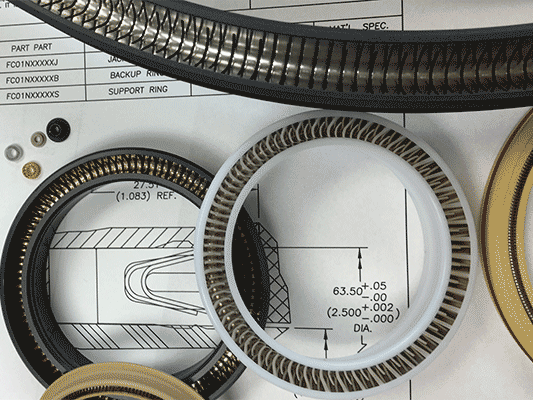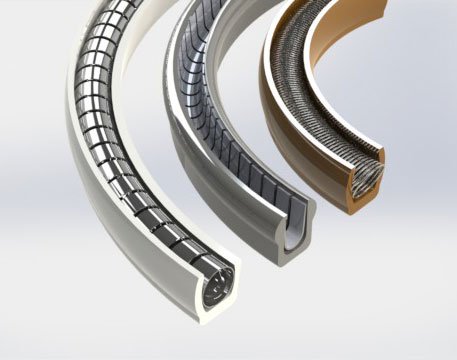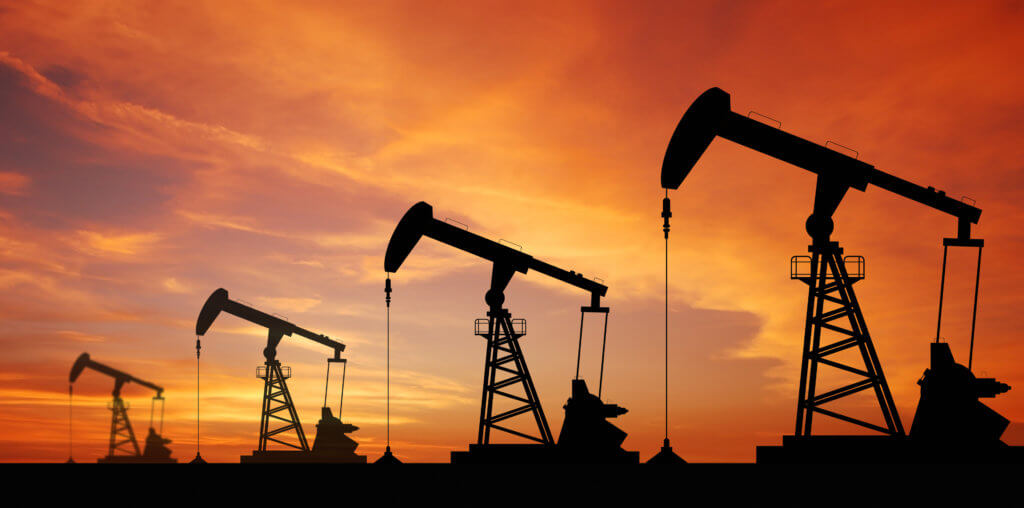Designing Polymer Seals for Electrified Systems: Managing Heat, Voltage, and Friction
The ability do design polymer seals for electrified systems is vital in modern engineering. The current shift toward electrified systems, whether in EV drivetrains, aerospace actuators, or high-voltage power converters, means that engineers must transform how they think about sealing. Traditional seal design focused on pressure and fluid compatibility. Electrified systems however, add three new variables: electrical conductivity, insulation integrity, and heat dissipation.
The wrong choice of polymer can lead to arcing, insulation breakdown, or premature wear, while the right one can enhance reliability and extend component life. This blog post is going to explore how seal designers can manage heat, voltage, and friction for electrified systems.
Polymer Seals for Electrified Systems
Electrified systems subject seals to hybrid stresses: electrical, thermal, and mechanical. Thermal gradients develop near conductive components, especially in high-current zones or power-dense assemblies. Electrostatic fields and stray currents can compromise material integrity, accelerating degradation. Mechanical wear and vibration persist just as they do in traditional systems—but the allowable frictional losses are often much lower.
Different applications bring unique sealing demands. In electric traction motors, for example, shaft seals must prevent the ingress of coolant while also blocking stray currents. DC/DC converters, meanwhile, are in need of seals that double as dielectric barriers.
Balancing Dielectric and Thermal Properties for Polymer Seals for Electrified Systems
Polymers in electrified systems must play a dual role: insulate against high voltage while managing heat generated in compact assemblies. They key properties involved in designing polymer seals for electrified systems include dielectric strength, thermal conductivity, and wear rate, all of which determine seal performance and longevity.
Common polymer choices include:
- PTFE is chemically inert, possess excellent dielectric strength, and exhibits ultra-low friction, making it ideal for high-speed, low-load applications.
- PEEK has high mechanical strength and temperature capabilities, meaning it can tolerate heavier loads but at the cost of slightly higher friction.
- PPS and UHMW-PE are cost-effective options that combine good dielectric resistance with moderate wear performance.
- Filled compounds (carbon, graphite, glass) are used to enhance wear and sometimes conductivity, though they may reduce dielectric performance.
Creep resistance, thermal aging, and the ability to maintain integrity across temperature extremes all influence selection. In many cases, designers use blended materials or layered seal architectures to balance insulation with heat dissipation.
Managing Heat
Electrified systems are going to generate localized hotspots located near bearings, windings, and current-carrying seals. Without appropriate heat management, polymers can easily soften, creep, or degrade. Effective seal deisgn for electrified system design requires careful consideration of factors such as thermal pathways, geometry, and material stability.
Thin cross-sections, for example, help to minimize thermal buildup ,but must still resist extrusion issues. Conductive fillers or metal housings can help spread heat away from the seal interface. Engineers must also account for the glass transition temperature of materials, their continuous-use temperature, and their oxidation resistance.
Heat cycling has a major influence on seal preload and spring energizers. In EV cooling pumps, for example, repeated swings from –40°C to 150°C demand highly resilient fluoropolymers and careful thermal expansion matching between the seal and shaft.
Managing Voltage
Seals can be damaged by electrical stress over time. Potential issues include dielectric breakdown, corona discharge, and surface tracking can — all of which lead to performance loss or catastrophic failure.
Engineers can mitigate these issues through material and design strategies such as:
- Choosing polymers with a high dielectric strength (PTFE, PEEK, PPS)
- Using conductive fillers to safely dissipate charge buildup.
- Designing surface contours and creep distances that reduce the risk of arcing
- Grounding components to divert stray currents away from sealing interfaces
Managing Friction
Friction directly affects energy efficiency, thermal load, and component life. In electrified systems, even a small amount of frictional increase can have a significant impact on range of performance.
Designers must strike a careful balance between low friction and effective sealing contact. Surface finish, lubrication strategy, and seal geometry all play a part, and spring-energized PTFE seals are often chosen for their low-leak, low-drag characteristics.
Because many electrified systems operate in dry or low-lubrication conditions, polymers with intrinsic lubricity or dry-film coatings are critical. Comparing dry-film lubricants, filled PTFE blends, and hybrid polymer systems helps determine which approach provides the best combination of sealing and efficiency.
System-Level Integration—The Interplay of Heat, Voltage, and Friction
Heat, voltage, and friction are not independent. Heat increases friction and reduces dielectric strength. High voltage accelerates wear through localized arcing. Frictional heating compounds both mechanical and electrical stress.
System-level analysis is, therefore, essential for engineers designing a successful polymer seal for electrified systems. Finite element analysis (FEA) can be used to model thermal and mechanical stresses, while electrical field modeling predicts voltage gradients across seal interfaces.
By co-designing seals with their housings and integrating thermal barriers or conductive paths, engineers can significantly improve both the electrical safety and mechanical durability of seals for electrified systems.
Conclusion: Engineering Reliability in the Electrified Era
Electrification means that no longer is seal design just about blocking fluids or retaining pressure. These seals must manage a delicate balance between heat, voltage, and friction.
When properly designed, polymer seals do not just survive these stresses. They enable higher efficiency, longer service life, better range, and greater system reliability. In the electrified era, seal design is an exercise in electrical and mechanical synergy.
At Advanced EMC, our team of experts can help you find the right solution when designing polymer seals for electrified system. Contact us today to learn more.




